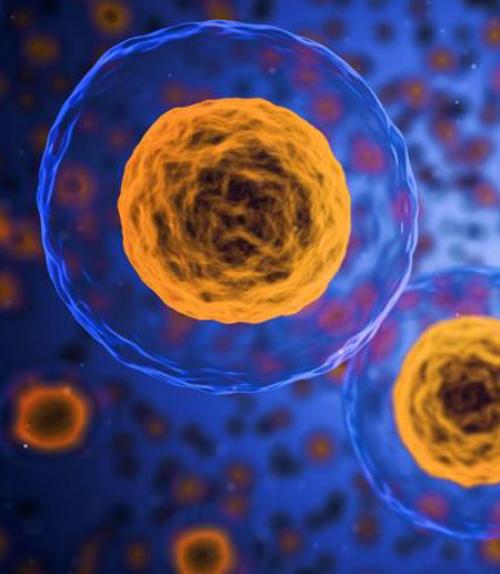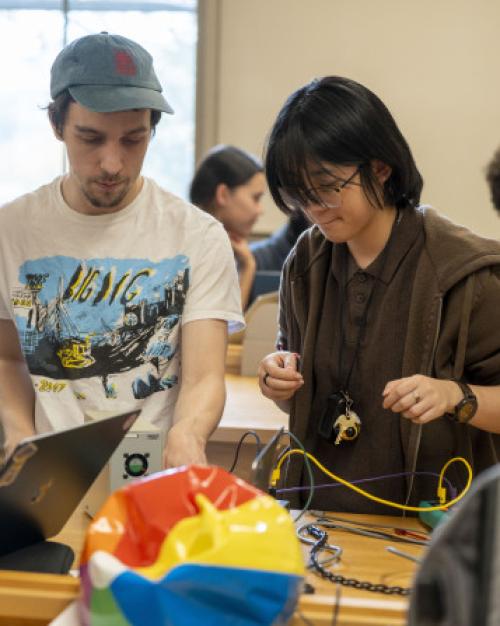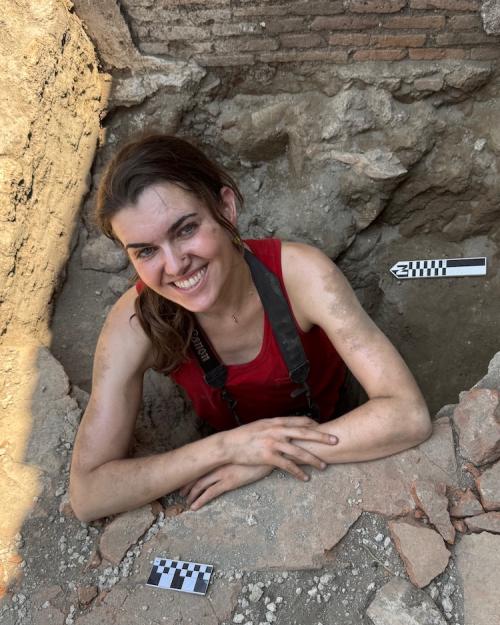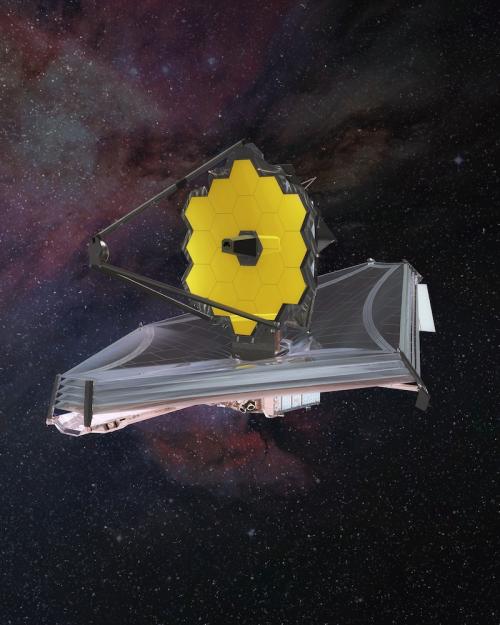In November 2021, Elijah Mullens was staffing a pre-launch party for the James Webb Space Telescope at a local planetarium near his home in Florida. Not yet accepted to graduate school, he was explaining to children how the telescope was going to advance astronomy research.
He didn’t know yet that it would someday advance his astronomy research.
Now in position one million miles from Earth, JWST will start a fourth annual cycle of observations on July 1 – and Mullens, now a doctoral student in astronomy in the College of Arts and Sciences (A&S), is principal investigator on two observation programs chosen from a very competitive field.
“To be someone who actually gets to use the telescope now is mind-blowing,” he said.
Mullens is one of three early-career researchers in Cornell’s Department of Astronomy to win time as principal investigators or co-principal investigators on JWST in the coming year. The others are Lili Alderson, a Klarman Postdoctoral Fellow in astronomy (A&S), and Ryan Challener, postdoctoral researcher in astronomy (A&S).
“PI and co-PI indicates a role as the project leader, which includes coming up with the concept for the observations and then constructing a high-quality proposal that will successfully make it through the review process,” said Nikole Lewis, associate professor of astronomy (A&S). “The selection rate for these proposals is about 10%, so it is a major achievement to come up with an idea and put together a proposal that puts it at the top of the pile.”
In all, 274 JWST General Observer programs were selected for Cycle 4. Several members of Cornell’s Substellar Explorers group, led by Lewis, are involved in more than 350 hours of awarded JWST observing time. In JWST’s previous three cycles, Cornell has been involved in more than 1,000 hours of observations, much of it focused on exoplanets by Lewis and members of her group. In addition, Jonathan Lunine, the David C. Duncan Professor in the Physical Sciences Emeritus, who is on the JWST science team, has used the telescope to observe exoplanets and the Solar System. Alexander Hayes, the Jennifer and Albert Sohn Professor of astronomy (A&S) has done observations of the Solar System with JWST, and Henrik Spoon, visiting scientist with the Cornell Center for Astrophysics and Planetary Science, has observed galaxies.
“JWST is the premier telescope in space right now,” Alderson said. “It’s the cutting edge of what we can achieve, with better precisions and resolutions than other instruments.”
Alderson, who studies exoplanet atmospheres, will observe three hot Jupiters with JWST, then compare the new data to three previously observed planets known to have clouds. Through their program, she and co-principal investigator Sarah Moran, postdoctoral researcher at NASA Goddard Space Flight Center, are trying to understand how clouds form in exoplanet atmospheres and determine whether there is a transition across temperatures.
“We expect that there is,” she said. “The understanding is that cooler planets form different types of clouds than hotter planets.”
Alderson does not yet know when their observation window will be during the coming year because scheduling all accepted observations is a complex puzzle the space telescope personnel sort out. When their window does open, they’ll get about seven hours of observation for each of their three planets, during which they won’t have anything active to do but wait.
“It’s very exciting but also very stressful, just hoping everything goes according to plan,” Alderson said.
In the first of Mullens’ two observations, a collaboration with Moran of NASA Goddard, he will follow up on his previous studies, with Lewis’ group, of WASP-17b. This Jupiter-like planet is so hot (2700 Fahrenheit) that its atmosphere contains clouds made of quartz. The upcoming observations will examine the exact composition of those clouds.
In his other accepted proposal, a collaboration with Challener, Mullens will observe a brown dwarf (a failed star) on an eccentric orbit that brings it very close to its sun-like star, with its atmosphere swinging from 225 F to 1500 F.
“It’s really getting baked when it gets close to its star,” Mullens said. “We’re observing a portion of its orbit, specifically from when it’s closest to its star to when it goes behind its star. We’re trying to track how the chemistry and dynamics of this object change when it’s flash heated. It’s a nature-given laboratory, like putting the object on a Bunson burner.”
Brown dwarfs are important analogs to giant planets, Lewis said, and the observation program designed by Mullens and Challener will measure key rates of heating/cooling and chemical reactions.




